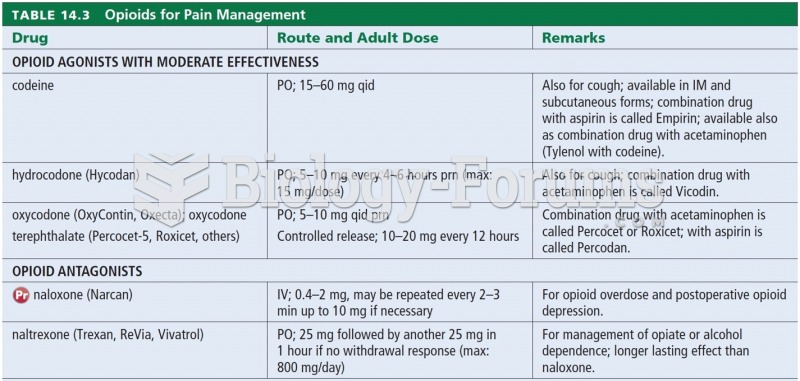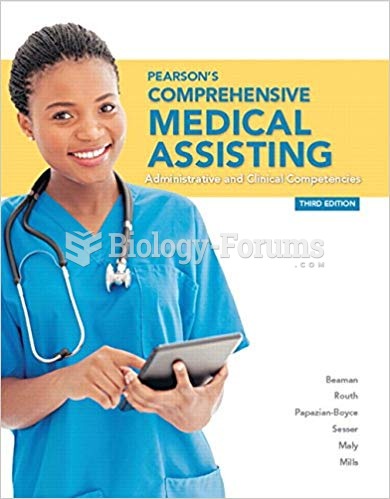|
|
|
The Centers for Disease Control and Prevention (CDC) was originally known as the Communicable Disease Center, which was formed to fight malaria. It was originally headquartered in Atlanta, Georgia, since the Southern states faced the worst threat from malaria.
The National Institutes of Health have supported research into acupuncture. This has shown that acupuncture significantly reduced pain associated with osteoarthritis of the knee, when used as a complement to conventional therapies.
About 100 new prescription or over-the-counter drugs come into the U.S. market every year.
Throughout history, plants containing cardiac steroids have been used as heart drugs and as poisons (e.g., in arrows used in combat), emetics, and diuretics.
Calcitonin is a naturally occurring hormone. In women who are at least 5 years beyond menopause, it slows bone loss and increases spinal bone density.
 Grace Service, a YMCA missionary, explained that these porters worked at the base of Mount Omei in S
Grace Service, a YMCA missionary, explained that these porters worked at the base of Mount Omei in S
 Medical assistants are often involved in confidential conversations between the physician and the pa
Medical assistants are often involved in confidential conversations between the physician and the pa





